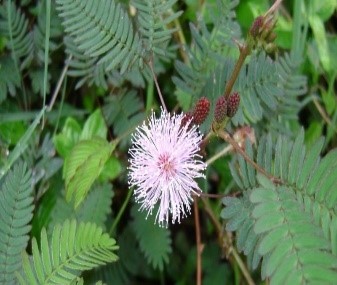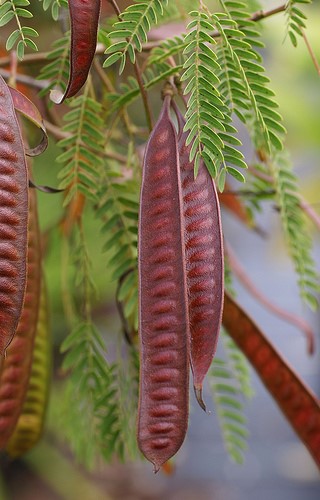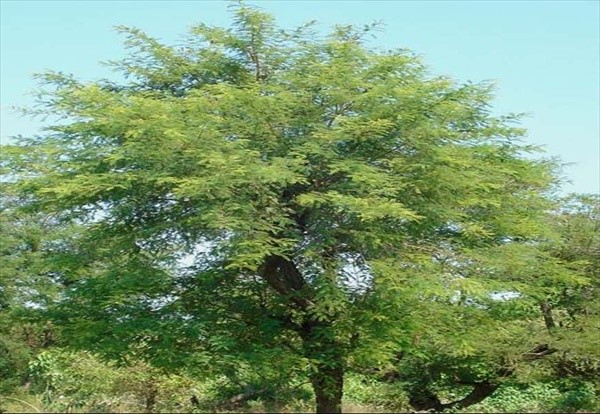Trees
Acacia catechu (Linn. F.) Willd
Acacia catechu (Linn. F.) Willd
Description :
A medium sized, deciduous tree, 9 to 15 m tall. Diameters of 29 to 31 cm have been reported. The bole and branches are armed with thorns. Leaves are compound 7 to 17 cm long. The bark is dark brown, peeling in narrow strips. The flowers are in bunches 7 to 17 cm long. The yellow Flowers occur between May and August. The small pods are 5 to 9 cm long. The pods mature between December and January. Young plants can be damaged by frost. At present no disease or insects have been identified. It is easily reproduced both from seed and by vegetative means. Seed can be stored for at least 12 months when treated with insecticides and sealed in air-tight drums. It is relatively slow growing, but has been reported to have an MAI of 4 to 7 m3/ha/yr. In India trees of 21.6 m in height and 31.2 cm diameter have been produced at 70 years. The wood has a specific gravity of 1.0 and a calorific value 5200 kcal/kg for dry wood. Sapwood is creamy white to reddish having straight grain with a medium texture. Heartwood is dull pink to reddish brown. Wood is heavy, hard and very strong. It is also resilient.
Distribution :
The tree is native to the Subcontinent in the western regions of the Himalayas. Specifically, it is found in Malakand, Hazara and Rawalpindi Districts. It is also planted in the Punjab and Sindh. An intolerant, drought hardy tree which grows best on rocky, stony, gravelly, sandy alluvium, loamy, clayey, well drained soils. It will grow on acid soils (pH 5.9) and can grow on wet or swampy sites. It requires precipitation of 500 to 2700 mm/yr and grows up to 1200 m of elevation. It will grow in a sub humid cool to subtropical climate within a temperature range of -5 to 40°C, which indicates some frost hardiness.
Uses :
This is a valuable commercial tree because of the wood extract, much of
which is smuggled into Pakistan from India. Large areas of Pakistan could be
reforested with this tree as it would provide employment opportunities in the
timber and extraction industry. It produces fodder and fixes nitrogen; consequently,
it potentially is a good farm forestry tree.



